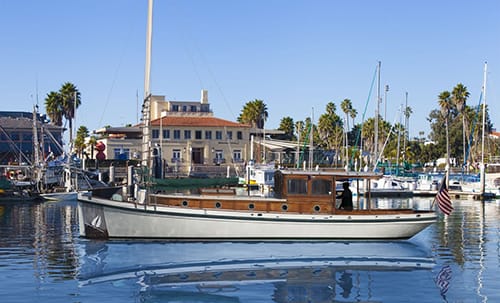Anchoring the Future: Why Planned Giving is Important to Maritime Museums

Maritime museums are invaluable guardians of human history and exploration, preserving the legacy of seafaring adventures, naval triumphs, and maritime heritage. These institutions provide unique insights into our past and serve as educational beacons for present and future generations. However, to continue fulfilling this vital role, maritime museums require significant financial resources, often beyond what they can achieve through regular operations and short-term fundraising efforts. This is where planned giving steps in as a vital lifeline for these institutions.
What is Planned Giving?
Planned giving is a charitable strategy that allows individuals to make substantial contributions to nonprofit organizations, such as maritime museums, through their estates or long-term financial planning. It involves the thoughtful consideration of a donor’s assets, such as bequests, life insurance, real estate, and retirement accounts, to create a lasting impact.
Why Planned Giving Matters to Maritime Museums
Long-Term Sustainability – Maritime museums face the constant challenge of maintaining and preserving their collections, which often include fragile artifacts, historic ships, and delicate artwork. The cost of conservation, restoration, and maintenance can be substantial. Planned gifts provide financial stability, helping museums secure their long-term sustainability. Endowments funded through planned giving allow institutions to generate annual income, ensuring ongoing care for their treasures.
Expanding Educational Initiatives – Maritime museums are not just repositories of history; they are vibrant centers of education. They offer a diverse range of programs, from school tours and workshops to lectures and special events, all aimed at fostering an appreciation for maritime history and culture. Planned giving enables museums to expand their educational offerings, reaching more students, teachers, and the general public with innovative, interactive exhibits and educational opportunities.
Accessioning New Artifacts and Maintaining Infrastructure – Maritime museums rely on donations of artifacts and artwork to continually expand their collections. Planned giving can provide funding for acquisition and the development of new galleries or spaces to house these acquisitions. Planned gifts can also be used to maintain and preserve facilities.
Planned giving is vital to the future of maritime museums. It empowers these institutions to fulfill their mission of preserving our maritime heritage and educating the public. Through thoughtful and generous support from donors who include maritime museums in their estate planning, these institutions can continue to inspire, educate, and engage audiences for generations to come. By contributing to their long-term sustainability, educational initiatives, and the preservation of their collections, planned giving ensures that maritime museums remain a beacon of knowledge and inspiration for all who venture into their halls.
Learn more about planned giving and how you can join SBMM’s Flagship Society.
